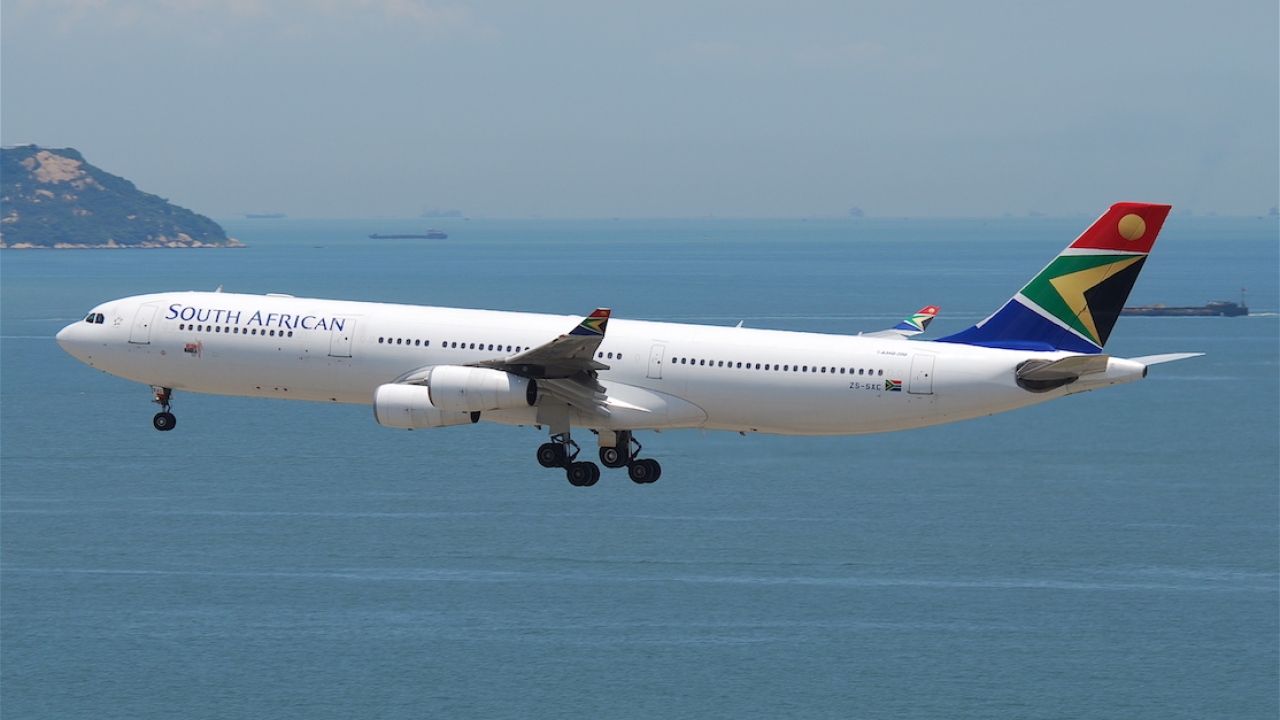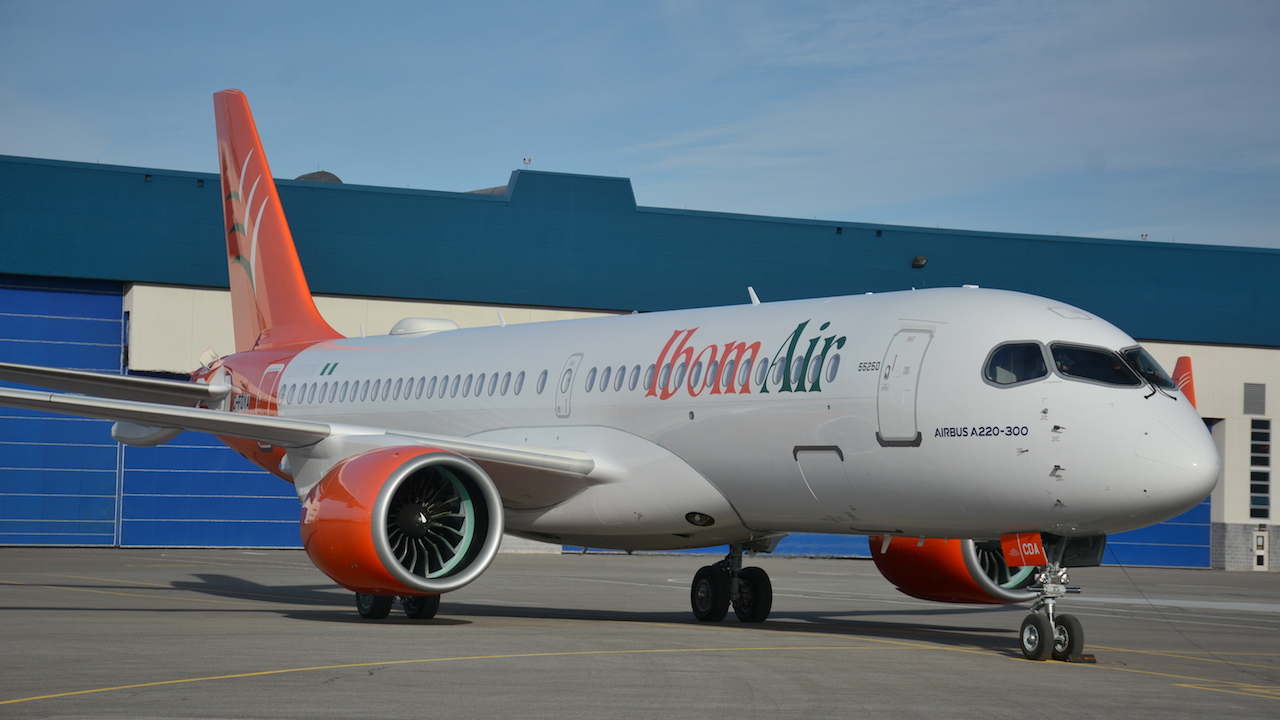Southern discomfort
A breakdown in negotiations with a private shareholder has rendered South African Airways’ future uncertain once again.

Forty-fied: The A340-300 is part of SAA's increased fleet. Image: SAA
The future of South African Airways (SAA) is once again unclear, after almost three years of negotiations to privatise the national airline failed.
The mid-March collapse of negotiations between the South African government and the private Takatso Consortium means that the flag-carrier will revert to 100 per cent government control while the airline’s board tries to work out a new way forward.
At a hurriedly called press briefing on March 13, South Africa’s minister for public enterprises, Pravin Gordhan, said the government and the consortium had mutually agreed to walk away from the deal through inability to reach agreement on the airline’s value.
Perennially loss-making SAA and its regional subsidiary SA Express were grounded in March 2020 at the start of the global pandemic, followed by the halting of flights by SAA’s more successful low-cost subsidiary Mango in July 2021. SA Express is being liquidated, while Mango’s fate is enmeshed in complex legal proceedings.
SAA was placed into South Africa’s ‘business rescue’ process, similar to the US Chapter 11 proceedings, where a company is granted protection from creditors while it attempts to financially restructure itself.
Following that restructuring, a much smaller SAA resumed operations on a few routes in September 2021 with a handful of aircraft. Its fleet and route network has gradually increased.
It recently announced its first two restored intercontinental routes, to Sao Paulo, Brazil and Perth, Australia.
In another measure to improve connectivity for South Africans, SAA signed a renewed codeshare deal with Lufthansa. Under this, South African passengers can book a long-haul trip with SAA to European destinations, but fly on Lufthansa aircraft from Johannesburg.
Fellow-Lufthansa Group airline Swiss also plans to codeshare with SAA. These arrangements mean that passengers can book a single ticket to connect through Lufthansa or Swiss’s hubs at Frankfurt and Zurich respectively to further points on the two European carriers’ networks.
Ironically, this gradual restoration of SAA’s fortunes was a major underlying factor in the failure of the South African government and the Takatso Consortium, consisting of three private-sector companies – infrastructure investor Harith General Partners as the main shareholder, together with minority shareholders and technical partners South African airline capacity provider Global Aviation and Syranix.
This arrangement ran into problems last year, however, when South Africa’s competition tribunal ruled that Global Aviation and Syranix had to step aside. The tribunal said that Global Aviation is a wet-lease provider for rival South African carrier LIFT, while Syranix co-owns the LIFT trademark.
The Takatso consortium had been expected to take a 51 per cent shareholding in SAA, with the government retaining 49 per cent. Just weeks before the breakdown in negotiations, Gordhan warned that there could be no more taxpayers’ funds for SAA and that future funding would have to come from the new owners.
The breakdown occurred over disagreements over the price the consortium had to pay for its majority stake in SAA.
In a statement, the Department of Public Enterprises (DPE) said that an initial valuation of SAA during the pandemic had placed a ‘liquidation value’ on the carrier of R2.4 billion (around $120 million).
“However, in the last three years, it became clear that the market conditions have changed, the economy has improved, the demand for flying had increased formidably and this required that a new valuation be done.” That new valuation put a price tag of R6.5 billion – almost three times as much – on the national airline.
“It became clear in the negotiations [with the consortium] that the revised transaction structure must take into account public interest and fair market price, However, these requirements were not met in the renegotiations.”
Consequently, said the DPE, “It was decided…that there was no purpose in continuing with further negotiations”.
The DPE added that it was confident that SAA “will continue to fly and grow, in terms of the number of routes and aircraft that it is able to lease.” It added that new means of raising funding for the national carrier would be explored with financial institutions.
The saga of SAA seems set to continue for some time yet.
Stay up to date
Subscribe to the free Times Aerospace newsletter and receive the latest content every week. We'll never share your email address.


